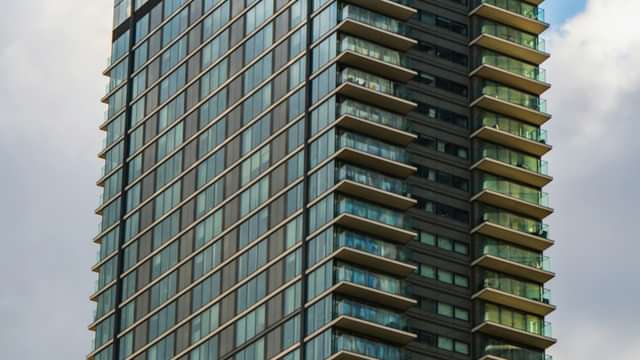As we know, the Landlord and Tenant Act 1954 was introduced primarily to protect tenants from over-aggressive landlords, following a shortage of commercial property after the Second World War. Landlords were in a very powerful position; tenants may have been promptly paying their rent and yet at the end of the term of their lease, without any entitlement to a renewal, were being asked to leave, in favour of tenants who had a better covenant strength.
The 1954 Act is, therefore, really a tenants’ act and it entitles them to a new lease on similar terms to their existing lease, subject to modernisation, at a market rent. That is, unless the landlord can show one of the seven statutory grounds. Some of the grounds are relied on more frequently than others and some are becoming more popular, particularly following the recent recession.
The grounds are often classed as fault grounds, where the tenant is at fault, grounds (a) to (c); non fault grounds, where possession is required for another reason and statutory compensation is payable, grounds (e) to (g); and then ground (d), suitable alternative accommodation, where no statutory compensation is payable but where reasonable removal expenses need to be paid by the landlord.
As we know, statutory compensation is payable where a landlord successfully relies on grounds (e), (f) or (g). The amount of compensation is either once or twice the rateable value of the holding, i.e. the area occupied by the tenant with the rateable value being determined on the date the section 25 notice or section 26 request is served. The tenant is entitled to twice the rateable value if it has been in occupation for a period of 14 years or more, or has carried on the same business as that of a predecessor for 14 years or more. That occupation does not need to be under one lease but can be over a period of lease renewals. The latter situation often arises where one tenant takes over the business of a predecessor, e.g. cinema operator, supermarket, etc.
Service of a section 25 notice or section 26 request should only be made by a landlord or tenant where, in the case of a landlord, the rent is likely to increase or, in the case of a tenant, it is likely to decrease. Service of such a notice/request triggers an entitlement by the landlord to interim rent. Since 2004, when amendments were made to the 1954 Act, interim rent can be less than the passing rent, as well as more. One can therefore see that if a landlord were to inadvertently serve a section 25 notice, he could decrease the rent to which he was entitled prematurely. On the other hand, if you are a tenant in an over-rented property, then serving a prompt section 26 request can be very beneficial.
The first ground to consider is ground (a). The ground states “where under the current tenancy the tenant has any obligations as respects the repair and maintenance of the holding, that the tenant ought not to be granted a new tenancy in view of the state of repair of the holding, being a state resulting from the tenant’s failure to comply with the said obligations”.
To prove ground (a) the landlord has to prove two things: first that the tenant has an obligation to repair, and secondly that there is disrepair of the holding, i.e. the area occupied by the tenant.
Section 69(1) of the Landlord and Tenant Act 1954 defines repair as including any work of maintenance, decoration or restoration. Consequently, covenants in a tenant’s lease that will fall into the category of relevant covenants for ground (a) will include covenants to yield up in repair. It also includes any implied repairing obligations.
To prove this ground the disrepair has to be substantial. It should be sufficient to cause a diminution in value to the landlord’s reversion. The disrepair must exist at the date the section 25 notice is served by the landlord, or alternatively the date the counter notice is served in response to a section 26 request.
The court will take into account all the circumstances in connection with the breach of the repairing obligation, what is likely to happen to the property if a new tenancy is granted in relation to disrepair, and the conduct of both the tenant and the landlord over the term of the current lease.
If a tenant remedies the disrepair by the time of the hearing of the landlord’s application to oppose a lease renewal, then this will bode well for the tenant.
If a landlord is intending to rely on this ground, it would be apposite for a detailed schedule of dilapidation to be prepared and served on the tenant at the same time as the section 25 notice opposing the lease renewal and relying on ground (a). The tenant is not entitled to statutory compensation if the landlord successfully opposes a lease renewal using ground (a).






































































































































